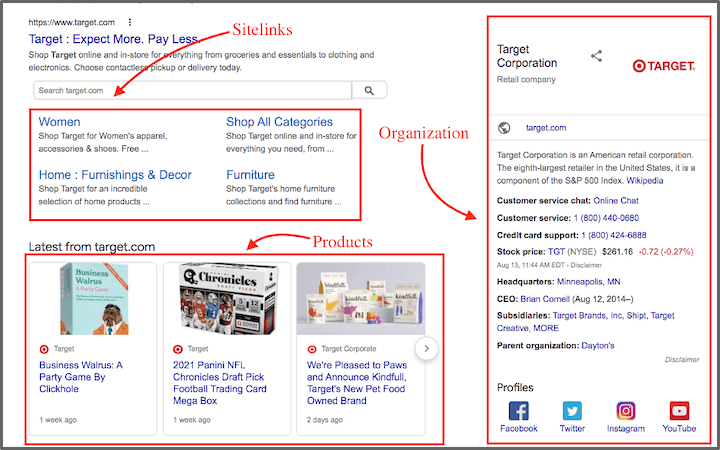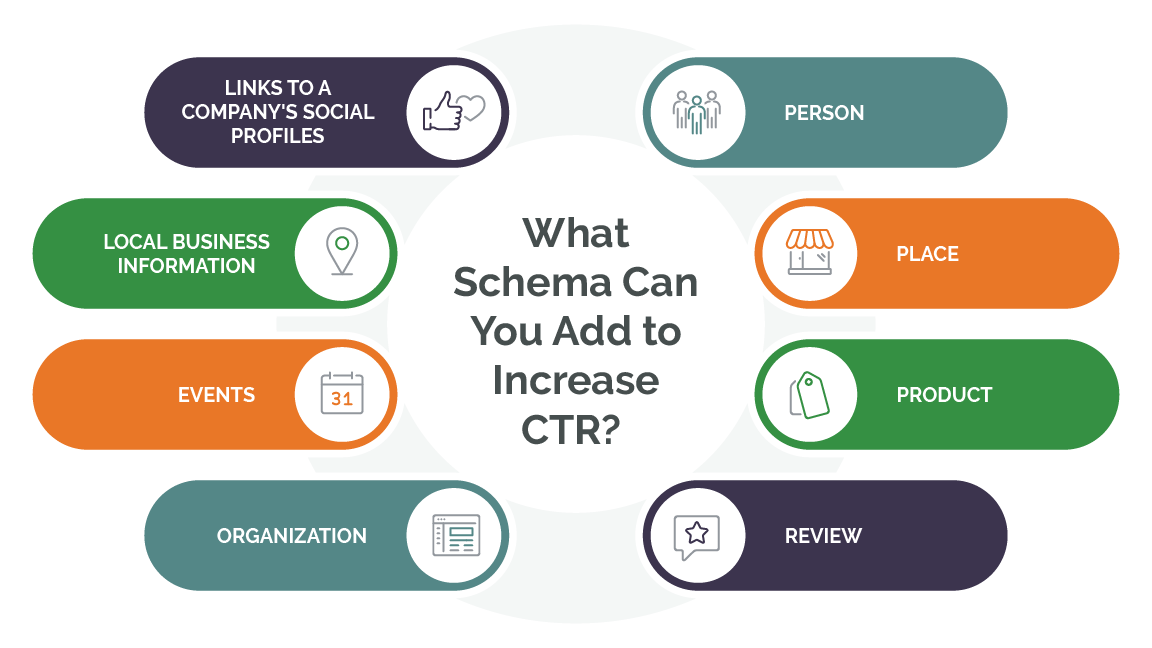Unlock the mystery of local business schema and discover how this powerful tool can boost your online visibility and rankings.

Image courtesy of via DALL-E 3
Table of Contents
- Introduction to Local Business Schema
- How Local Business Schema Works
- Setting Up Local Business Schema
- Benefits of Local Business Schema
- Common Mistakes to Avoid
- Real-life Examples
- Checking Your Schema Implementation
- Keeping Your Local Business Schema Updated
- Conclusion
- Frequently Asked Questions (FAQs)
Introduction to Local Business Schema
Local business schema is like a secret code that helps search engines, like Google, understand important information about a small business. This special code is crucial for small businesses as it can make their websites more visible in search results, bringing in more customers.
What is Local Business Schema?
Local business schema is a special code that helps search engines understand information about a local business. It includes details like the business’s name, address, phone number, and even operating hours. This code makes it easier for search engines to show accurate and relevant results to people looking for businesses like yours.
Why Do Local Businesses Need It?
Local businesses need local business schema because it can help them stand out in search results. When potential customers search for products or services online, having this code on your website can make your business more visible and attract more customers. It’s like giving your business a secret advantage to shine online!
How Local Business Schema Works
In order for search engines to effectively understand and organize information about local businesses, a special code known as local business schema is utilized. This code plays a crucial role in helping businesses improve their visibility in search results and attracting more customers.
The Language of Search Engines
Search engines like Google and Bing use specific codes to crawl websites and gather information about local businesses. These codes enable search engines to categorize and display relevant data to users looking for specific products or services in a particular area.
The Role of Data in Local Business Schema
Local business schema provides valuable data to search engines about a business, such as its name, address, phone number, opening hours, and other essential details. By including this structured data on a website, businesses can ensure that search engines accurately comprehend and display their information to potential customers searching online.
Setting Up Local Business Schema
Before you begin setting up local business schema on your website, make sure you have the necessary tools. You will need a text editor to modify the HTML code of your website. Additionally, you should have access to the backend of your website where you can add or update code.

Image courtesy of www.wordstream.com via Google Images
Following the Steps
Setting up local business schema involves integrating a specific code into your website’s HTML. Here is a simple step-by-step guide to help you through the process:
1. Open the backend of your website using a text editor.
2. Identify the section of the HTML code where you want to add the schema. This is usually near the top of the page.
3. Insert the local business schema code in the appropriate place. This code should include information such as your business name, address, phone number, and operating hours.
4. Save the changes to your HTML code and publish them on your website.
5. To ensure that the schema is implemented correctly, you can use validator tools to check for any errors and make necessary adjustments.
Benefits of Local Business Schema
Local business schema plays a crucial role in improving the online visibility of a small business. By implementing this special code on a website, the business can provide search engines with essential information like its name, address, and phone number. This data helps search engines understand the business better and display it more prominently in search results when potential customers are looking for products or services in the area.
Enhanced Customer Trust
Having detailed information displayed in search results through local business schema can significantly enhance customer trust. When users see accurate and up-to-date information about a business, such as its operating hours, location, and contact details, they are more likely to perceive the business as trustworthy and reliable. This increased trust can lead to higher click-through rates and more visits to the business’s website or physical location.
Common Mistakes to Avoid
One of the most common mistakes to avoid when using local business schema is entering incorrect data. It’s crucial to ensure that all the information you provide, such as the business name, address, and phone number, is accurate and up-to-date. Inaccurate data can lead to confusion for potential customers and can negatively impact your online presence.

Image courtesy of zerogravitymarketing.com via Google Images
Ignoring Errors
Another important point to remember is not to ignore any errors that may arise in your schema code. Regularly checking for and fixing any errors is essential to ensure that the schema is working correctly. Ignoring errors can result in your business information not being displayed correctly in search results, leading to a loss of visibility and potential customers.
Real-life Examples
A small, family-owned bakery in town decided to improve its online presence by implementing local business schema on its website. By adding the schema markup, the bakery was able to provide search engines with crucial information such as its location, operating hours, and the types of pastries they offer. As a result, the bakery saw a significant increase in online visibility, with more customers finding them through local searches on Google.
Case Study 2: Neighborhood Pet Store
A neighborhood pet store wanted to stand out in the competitive pet industry. By integrating local business schema into their website, the pet store was able to showcase essential details like their address, phone number, and customer reviews directly on search engine results pages. This led to a boost in their search ranking and more foot traffic to their store, as pet owners in the area found it easier to locate and trust the store.
Checking Your Schema Implementation
After you’ve added the local business schema code to your website, it’s important to make sure it’s working correctly. There are online tools available that can help you validate your schema implementation. These tools check if the code is structured properly and provides the necessary information for search engines to understand your business.

Image courtesy of web20ranker.com via Google Images
Interpreting Results
When you use a validator tool to test your schema implementation, it will generate a report detailing any errors or issues found in the code. It’s essential to understand these results to make the necessary adjustments. For example, the tool might highlight missing or incorrect information that needs to be fixed to ensure your local business schema is effective.
Keeping Your Local Business Schema Updated
When it comes to your local business schema, keeping it updated is crucial to ensuring that your business information remains accurate and readily available to potential customers. Regularly updating your schema not only helps search engines display the correct information but also improves your online visibility. Here are some tips on how to keep your local business schema up to date.
Regular Updates
It’s essential to schedule regular updates to your local business schema whenever there are changes to your business information. Whether you have a new address, phone number, or operating hours, updating your schema ensures that customers can find the most current details about your business online. Remember, accurate information leads to better customer experiences and can ultimately drive more foot traffic to your business.
Long-term Benefits
By consistently updating your local business schema, you can enjoy long-term benefits that positively impact your online presence. Search engines prioritize businesses that provide the most relevant and up-to-date information. By staying on top of your schema updates, you can signal to search engines that your business is active and trustworthy. This, in turn, can boost your rankings in search results and attract more customers to your business over time.
Conclusion
In conclusion, local business schema plays a crucial role in enhancing the online visibility of small businesses. By implementing this special code on their websites, businesses can provide search engines with valuable information that helps them rank higher in search results and attract more customers.

Image courtesy of tbs-marketing.com via Google Images
Recap of the Process
Throughout this guide, we have discussed what local business schema is and why it is essential for small businesses. We have explored how the schema works, the benefits it offers, common mistakes to avoid, real-life examples of its successful implementation, and the importance of keeping it updated.
Importance of Local Business Schema
Using local business schema is not just a trend but a necessity for businesses looking to stand out in the crowded online marketplace. It enhances visibility, helps build trust with customers, and can lead to increased traffic and sales. As search engines continue to evolve, staying ahead with schema markup ensures that your business remains competitive and easily discoverable.
Want to turn these SEO insights into real results? Seorocket is an all-in-one AI SEO solution that uses the power of AI to analyze your competition and craft high-ranking content.
Seorocket offers a suite of powerful tools, including a Keyword Researcher to find the most profitable keywords, an AI Writer to generate unique and Google-friendly content, and an Automatic Publisher to schedule and publish your content directly to your website. Plus, you’ll get real-time performance tracking so you can see exactly what’s working and make adjustments as needed.
Stop just reading about SEO – take action with Seorocket and skyrocket your search rankings today. Sign up for a free trial and see the difference Seorocket can make for your website!
Frequently Asked Questions (FAQs)
What if I don’t know how to code?
If you’re not familiar with coding, there are still options available for you to add local business schema to your website. One solution is to hire a professional web developer who can implement the schema code for you. Alternatively, you can use website plugins that are designed to easily integrate schema markup without requiring any coding knowledge.
How often should I update the schema?
It is recommended to review and update your local business schema regularly to ensure that the information provided is current and accurate. As your business details change, such as a new address, phone number, or business hours, updating the schema promptly will help maintain the consistency of your business information across different online platforms. Aim to review and update the schema at least whenever there are significant changes to your business information.







